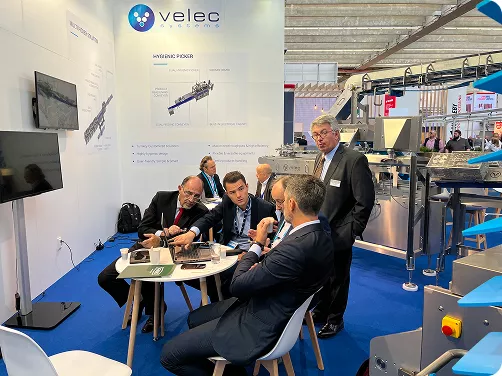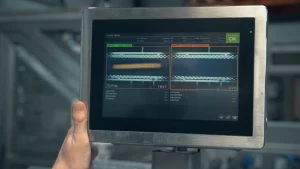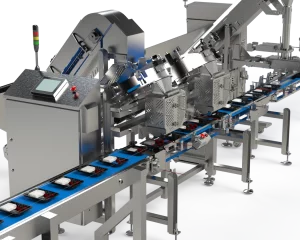Change is inevitable in the packaging and filling industry in 2022. Businesses that have not digitized must move quickly, as consumers have already embraced e-commerce and expect more sustainable practices from companies. We share more of what you need to know about packaging and filling this year.
Packaging, Growth Opportunities and Navigating Change
We know from experience that change is the only guarantee in business and in life. McKinsey & Company, in a re p ort on resilience in the packaging industry, highlights six necessary changes industry leaders need to make to embrace growth opportunities and navigate change.
Sustainability. Invest where it matters to consumers and regulators.
Growth. Analyze the business and identify granular pockets of opportunity.
Procurement and supply chain. Use strategic category management to beat inflation and supply challenges.
Pricing. Recapture inflation and then capture margins.
Talent. Retain, retrain, and attract employees.
E-commerce and digital. Embrace digitization and automation in all processes.
E-commerce and sustainability are two factors that will be challenging for the packaging and filling industry, but also create opportunity. Consumer behavior has changed. Online shopping creates demand for protective transport packaging, and companies will have to move towards more sustainable options by eliminating secondary packaging. Prepare to use standard retail packaging and e-commerce ready packaging that requires quality graphics and content protection.
Increased global regulation of packaging waste, and greater consumer awareness of the impact of unsustainable practices on the environment will force change, if not embraced early. A more balanced path to sustainability will have to be followed as ‘greenwashing’ is not acceptable to consumers anymore.
Packaging companies must reduce their carbon footprint, eliminate waste, and maximize the re-use of their resources. They must also make use of the marketing opportunity offered by e-commerce ready packaging and, for example, print the carbon footprint of a product, and its packaging, on the package itself, so consumers know the company is proactive about sustainability.
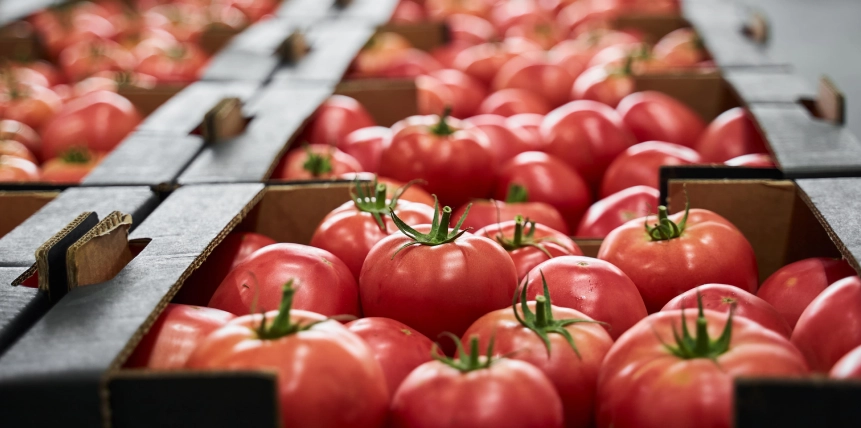
Digitization and Process Automation for Packaging
Digitization and process automation solutions for packaging increase productivity and reduces human error. It also creates a more hygienic work environment, when supported by a preventative maintenance program that includes regular cleaning of packaging machinery. Employee numbers will decrease, but staff will always be necessary to ensure automated systems run smoothly.
Why should you digitize your packaging business? It allows the business to adapt quickly to changes. For example, when a regulatory body sets out new labelling requirements, a digitized system will create, test, and implement the changes without slowing down the production system too much.
Online collaboration is another benefit of digitization. Process automation software allows the many parties involved in the process to work from anywhere. It is especially important for businesses with a global footprint. Questions to ask when considering digitization for the first time include:
- Which systems do we already use?
- Which systems do we need for digitization and process automation?
- Will the new systems easily integrate with our current processes?
Change is always challenging, and there will be resistance, especially when it is accompanied by job losses. Communicate clearly why the company needs to digitize and bring key stakeholders into the discussion as early as possible. Today, taking the big step towards digitizing is not an option but a business requirement.
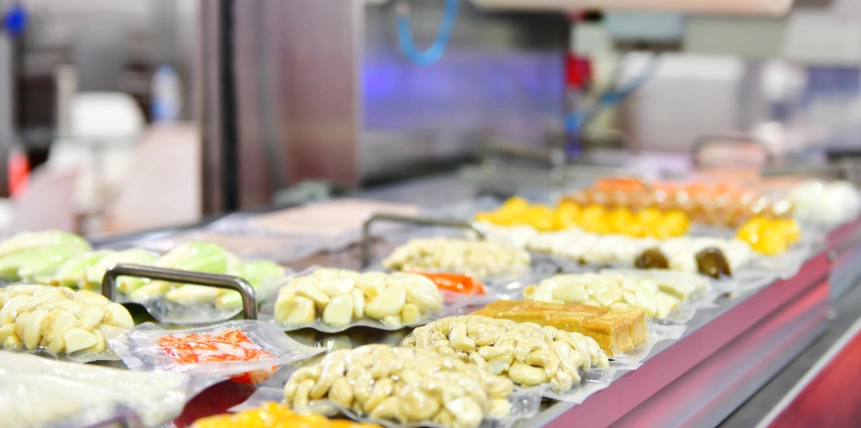
Sustainable Packaging Strategies For A Greener Future
Research by the United Nations in support of sustainable development goal 12, responsible consumption and production , states that from 2000 to 2017, the global ‘material footprint’ increased by 70%. They also found that one million plastic drinking bottles were purchased every minute and five trillion single-use plastic bags were thrown away every year.
Suppliers of packaging materials and manufacturers can contribute to the sustainability movement by following sustainable packaging strategies. What changes can you make for a greener future? When packaging a new product, choose to use recycled packaging material, and educate your customers on the best ways to recycle and dispose of your packaging materials.
Collaborate with suppliers and vendors to optimize supply chain practices and avoid over-packaging throughout the supply chain. Choose to work with manufacturers that have a sustainability policy. Consider using plantable packaging with seeds embedded for lightweight items or even compostable packaging.
Cost is a major consideration around sustainable packaging, but if more manufacturers doing packaging and filling use environmentally friendly options, prices will decrease.
Choosing The Right Filling Machine For Your Product
Choosing the right filling machine for your product saves time, money and prevents waste. The choice of filling machine depends on your product’s characteristics and production demands. What should you consider when choosing the filling equipment you need?
Product characteristics. The type of product you will be filling is a deciding factor for the type of machine chosen. Will you be filling liquids such as juices that need consistent fill-levels or dried rice requiring an exact volume? What is the viscosity of the product? Is it dry food or prepared meals?
Method of filling. If you need a liquid filling machine, product viscosity is key to choosing a gravity filler, overflow filler, piston filler, or pump filler. The ideal volumetric filler must be designed to dispense a wide variety of products and include a weight counting machine or product counter when required.
Automation level. Balance the convenience of automation against space requirements and cost. Decide whether manual, semi-automatic, or automatic filling machines are compatible with the production speeds your business needs.
Ease of use. Filling machines that are difficult to clean and maintain is a food safety risk. Choose a product that is easy to clean, maintain, disassemble, and reassemble.

The Applications of Liquid vs Volumetric Filling Machines
What are you packaging and filling? Is it fluids such as soups and juices, or do you focus on prepared salads and rice? Using a liquid versus volumetric filling machine depends on whether you want all container fills to look identical or have a consistent volume.
Liquid filling machines will fill containers up to a specific level and are ideal for use with clear plastic bottles or glass. Because the fill levels are consistent, it gives an aesthetically pleasing appearance on the shelves. Consumers will immediately notice inconsistent fill levels and might feel deceived. Applications include water, alcoholic beverages, carbonated drinks, soups, juices, creams, sauces, milkshakes, and other liquids.
Volumetric filling machines fill containers with a precise volume of product, regardless of the visual appearance at final fill-level. It is ideal for opaque containers, as fill level inconsistencies are not immediately noticeable to the consumer. However, volumetric technologies ensure the consumer receives exactly the weight they are paying for. Difficult-to-fill products such as cooked rice for ready meals, is just one of the applications suitable for Multi-Fill volumetric fillers. Other applications include vegetables, fruit, seafood, cooked pet foods and more.
Preventive Maintenance for Volumetric Filling Machines
As a filling equipment manufacturer, Multi-Fill is proud to know that several fillers sold in the 1980s are still in operation. Preventative maintenance for volumetric filling machines is one of the best ways to keep them operating and cost-effective. What maintenance steps can you take to keep the filling machine equipment running smoothly?
- Give staff training
Staff training on basic maintenance of volumetric filling machines, promotes skills development and keeps maintenance in-house as much as possible. Safety training should also be part of the program, even if assembly and disassembly of equipment require no tools. It takes only one moment of distraction during preventative maintenance for an employee to get hurt, and negatively impact the company’s safety record.
- Do regular washdowns
Even though volumetric filling machines are designed not to damage food products during packaging and filling, product build-up can occur. If not cleaned away regularly, it will lead to food contamination. Regular washdowns are an essential part of a preventative maintenance plan, for machine efficiency and food safety. Follow the manufacturer washdown instructions given for each machine.
- Keep spare parts safe and clean
It is efficient to keep spare parts in stock, as some machine parts tend to need replacing or fixing more regularly than others. To prevent the damage, loss, or contamination of spare parts, keep them in a dedicated parts cart and ensure inventory is always up to date.
- Ask the experts for advice
When in doubt about any aspect of preventative maintenance, contact the machine manufacturer service technicians for advice. Because they have extensive knowledge of volumetric filling machines, the technicians can even give guidance telephonically that could solve the problem.
- Maintain a schedule
Maintaining a regular schedule should be the basis of every packaging and filling company’s preventative maintenance program. It is less costly and time-consuming than having to contact the experts for more extensive machine maintenance or repairs.
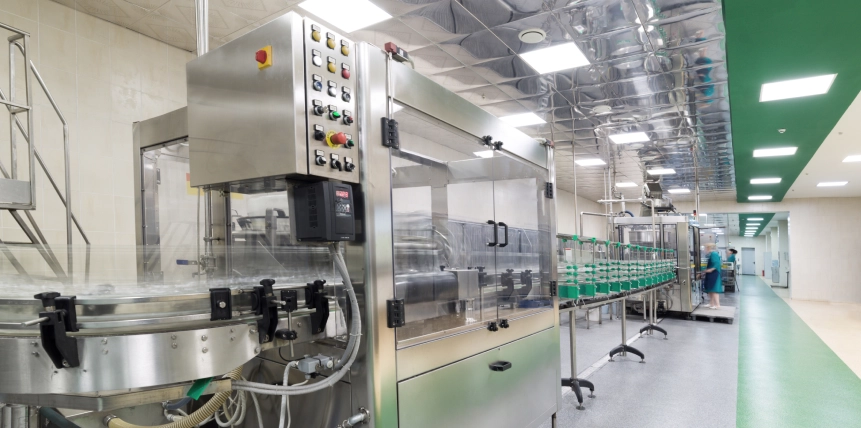
The Basics Of High Speed Counting Machines
Do you manufacture prepared salads? Are you counting the cherry tomatoes that add color and taste to the salad? Instead of manual counting, consider using an automatic counting machine. It will do the work for you and improve accuracy, efficiency, and consistency.
When you combine a high-speed counting machine with a volumetric filler, you can count, dispense and package fragile, wet, and dry food products into virtually any container. But what is a counting machine, and which high-speed counting machine should one consider?
Food counting machines such as the Velec Systems cellular tray machine, and centrifugal machine, counts each product as it passes through the packaging and filling system. It then displays the number of units on a screen as they are counted. Let’s discuss the two food counting machines further.
Velec Systems cellular tray machine. The cellular tray machine distributes bulk products in an orderly manner, and due to a release hopper, it operates in unit distribution, products released on-the-fly, or batch distribution. It is generally installed upstream of primary packaging systems and downstream of freezers, freezing tunnels and ovens. The machine can be used on sweet, savory, and frozen products.
Velec Systems centrifugal machine. The centrifugal machine aligns a bulk of disordered products at high speed into a continuous ordered flow. Depending on the application, the food products are distributed, counted, or batched individually, then grouped to be loaded or packaged. The centrifugal force does not damage fragile, wet, or dry products and can be used for products such as meat, bakery, treats, cubed broths, and chewable sticks for pets. It is installed upstream of primary packaging systems and downstream of freezers, pulling units or ovens.
Benefits of High Speed Counting Machines
Now that we know more about the basics of high-speed food counting machines, we will discuss their benefits. Multi-Fill works in partnership with Velec Systems to bring a full suite of food processing equipment to customers, allowing them to promote counting in production. When you are in packaging and filling, why would you use an automatic counting machine?
- Less waste
Well-designed counting equipment preserves the shape and texture of food products, whether fragile, wet, or dry. This limits production rejects and waste, while maximizing the overall equipment effectiveness (OEE).
- Small footprint
Space is valuable in production facilities, especially for longer production lines. Food counting machines are compact and integrate well with existing systems.
- Designed for fast cleaning
Counter machines designed to be completely dismantled without tools allow for quick and easy cleaning. It supports food hygiene in manufacturing and limits loss of production time.
Multi-Fill is a leading provider of high-quality food filling systems for hard-to-fill products. Although we are headquartered in the United States, we have representatives in more than thirty countries worldwide. Are you concerned about the integration time and cost? Our machines are customized to fit in your space and work within your existing systems. Is food hygiene of prime importance to your company? Multi-Fill machines have quick-release mechanisms that allow for easy cleaning. If your business is packaging and filling food products, contact Multi-Fill today.
